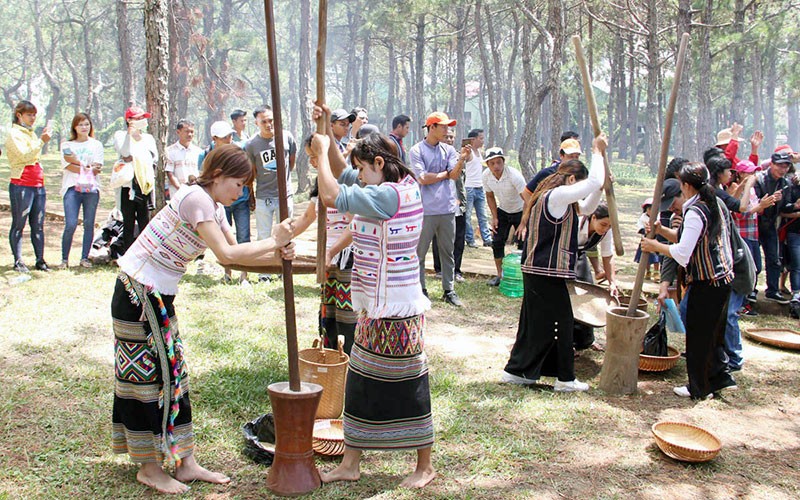 |
| Ethnic minorities in the Central Highlands enjoy the village festival. |
The Central Highlands consists of five provinces: Kon Tum, Gia Lai, Dak Lak, Dak Nong and Lam Dong. This land of many legends is home to nearly 6 million people, 54 ethnic groups ; of which nearly 2.2 million are ethnic minorities. In recent times, the Party and State have implemented many resolutions, organized many programs and focused investment resources to develop the Central Highlands .
Vitality on the basalt land
Today, traveling along the Central Highlands, we will be deeply impressed by the colors of the trees and fruits, the vast green carpet, the colors of the new countryside and the bustling cities covered with red basalt soil. Over the past decades, the Party and the State have paid attention to implementing many resolutions, focusing large resources to develop the Central Highlands.
Especially with Resolution 10 of the 9th Politburo and Decision No. 168 of the Prime Minister on “socio-economic development, ensuring security and defense in the Central Highlands”, investment resources have been increasingly concentrated, gradually awakening the potential and advantages of this strategic land. “Thanks to the Party and State taking care of investment and leading our people to do business, our villagers have changed their thinking about economic development, building a new life that is increasingly prosperous and happy”, Mr. Y Ngon Knul, Party cell secretary, a prestigious person in Triă village, Ea Tul commune, Cu M'gar district, Dak Lak, shared.
Walking on the clean concrete road connecting the Ede villages, Deputy Secretary of the Ea Tul Commune Party Committee, Y Tiep Nie Kneng, talked about Ea Tul Commune, which has 11 villages and hamlets; ethnic minorities account for more than 98%. With the investment resources of the State, along with the cooperation of the people, after 5 years of implementation, in 2016, Ea Tul achieved the standard of the first new rural commune in the district and is one of the top six new rural communes in the province. "The core is the solidarity, joint efforts of the people; the attention and investment of the Party, the State and the participation of the entire political system, Ea Tul has a new face like today", comrade Y Tiep Nie Kneng affirmed.
The core is the solidarity and joint efforts of the people; the attention and investment of the Party, the State and the participation of the entire political system, Ea Tul has a new face like today. Comrade Y Tiep Nie Kneng
In the middle of Bo Cao village, Son Dien heroic commune (Di Linh district, Lam Dong), we met old man K'Mung, whose name was on the list of 140 people who participated in the revolution in the Son Dien war zone in the past. "I joined the guerrillas in 1960 and joined Uncle Ho's Army in 1971," old man K'Mung began. This veteran of Zone 6 with a gentle smile also crossed the forest to help Cambodia destroy the common enemy. "I can't tell you all the stories of this revolutionary land. Now we help each other to do business, develop the economy, take care of our children's education, and join hands to build the village. The commune has achieved new rural status, now we have to strive to improve it," old man K'Mung said.
Lam Dong province is home to 47 ethnic groups, of which ethnic minorities account for more than 25.7%. The province currently has 5 districts and 107/111 communes meeting new rural standards, with GRDP per capita in 2022 reaching 77.6 million VND, the highest in the Central Highlands region. "The above results were achieved thanks to the attention, direction and support from the Central Government and ministries and branches; the efforts of local Party committees and authorities and the consensus and self-improvement awareness of the people," said Tran Dinh Van, Deputy Secretary of the Provincial Party Committee and Head of the National Assembly Delegation of Lam Dong province.
In the northern Central Highlands, all levels and sectors of Kon Tum province are resolutely implementing the Provincial Party Committee’s resolution on improving the investment and business environment, enhancing competitiveness and increasing investment attraction in the province. Ms. Y Pot, Chairwoman of the Board of Directors of Dak Vien Women’s Community Cooperative, Te Xang commune, shared: “The Party and State’s orientation for the development of the Central Highlands in recent times has been very appropriate; thanks to that, the urban and rural landscape on the basalt land has changed”.
According to the assessment of the Politburo, after 20 years of implementing Resolution 10 of the 9th Politburo, the Central Highlands has truly changed. The economic scale of the region has increased rapidly, reaching about 287 trillion VND in 2020, 14 times higher than in 2002. The average GRDP in the 2002-2020 period was nearly 8%, the average GRDP per capita in 2020 reached 48 million VND, 10.6 times higher than in 2002. 2023, the first year the Central Highlands provinces implemented Resolution 23-NQ/TW of the Politburo, was based on a fairly favorable socio-economic foundation, with the growth rate of the provinces reaching from 7.6 to more than 12%.
The Central Highlands has also become a large-scale production area for some key agricultural products, accounting for a high proportion; an attractive eco-cultural tourism area; the cultural values of ethnic groups are preserved, inherited and promoted; the education and training system has received investment attention, the healthcare network has been strengthened; nature conservation, biodiversity and water resource protection have been focused on; political security, order and social safety have been ensured; the trust of the ethnic groups in the Central Highlands towards the Party and the State has been consolidated and enhanced...
Socio-economic infrastructure, especially transport infrastructure, has received investment attention, helping to significantly improve the connectivity between provinces in the region, and between the region and the whole country. Currently, the inter-regional transport system in the Central Highlands is relatively developed, with 19km of expressway and more than 3,100km of national highway connecting with the coastal provinces of the Central and Southeast regions and seaports, expanding trade opportunities with major domestic centers and countries in the region.
The whole region has 3 airports, including Lien Khuong, Buon Ma Thuot and Pleiku. Recently, a series of highway projects connecting the Central Highlands with the provinces of the Southeast and the Central region are being initiated. Convenient transportation, a chain of urban areas in the Central Highlands are connected to each other, the cities in the region become the economic and social locomotives of the whole region.
Breakthrough, comprehensive and sustainable development
The Central Highlands is a land with great potential and advantages to "activate" to become a development resource, with a total agricultural land area of more than 5 million hectares, accounting for more than 91% of the natural land area, of which about 1/3 is fertile red basalt soil; the region has great potential for developing the energy industry, is rich in minerals and is the center of bauxite production in the country; the temperate climate is very suitable for developing high-quality agriculture; the forest area of more than 3 million hectares, diverse landscapes, terrain, rivers, streams, waterfalls along with a unique culture are great potential for developing forestry economy and ecological and cultural tourism.
However, according to the assessment, despite its many potentials and outstanding advantages, the Central Highlands has not developed commensurately. The development goals of the Central Highlands were summarized by Prime Minister Pham Minh Chinh through the following factors: "breakthrough, inclusive, comprehensive and sustainable". At the Conference on implementing the Government's Action Program to implement Resolution No. 23 and promote regional investment, the Prime Minister directed that the Central Highlands must be self-reliant, develop with its own hands, brains and sky, its own land; taking internal resources as the foundation, breakthroughs and long-term strategies as the decision.
The Central Highlands must be self-reliant, develop with its own hands, brains, sky and land; take internal resources as the foundation, breakthroughs and long-term strategies as the decision. Prime Minister Pham Minh Chinh
Localities must develop strategic infrastructure, including transport infrastructure connecting the East-West, North-South economies, and regional transport. “Wherever the road goes, it will be civilized,” the Prime Minister suggested. At the same time, focus on developing the digital economy, green economy, and circular economy; developing culture associated with tourism; developing inclusive, comprehensive, and sustainable development based on a planning problem with breakthrough thinking and strategic vision.
Transport must come first. When the transport infrastructure is complete, it will help the Central Highlands provinces realize the "trans-Asia" dream and welcome new investment capital. According to Deputy Minister of Transport Le Anh Tuan, Resolution 23 clearly defines the viewpoint of "Taking the development of transport infrastructure as a driving force, creating room for regional development". In the recent period, with the attention of the Party and the Government to invest more than 95.6 trillion VND, the transport system in the Central Highlands has been significantly improved.
According to the Road Network Plan approved by the Prime Minister, the Ministry of Transport estimates that the total investment capital demand for expressways connecting the Central Highlands region is about 156 trillion VND. By 2030, strive to complete a number of important transport infrastructures, such as the Quy Nhon-Pleiku, Khanh Hoa-Buon Ma Thuot, Gia Nghia-Chon Thanh, Tan Phu-Bao Loc, Bao Loc-Lien Khuong expressways; expand and upgrade Lien Khuong Airport to level 4E and Pleiku Airport to level 4C; expand Buon Ma Thuot Airport; restore and renovate the Thap Cham-Da Lat railway to serve tourists.
Resolution 23 sets the target that the Central Highlands will achieve an average GRDP growth rate of 7 to 7.5% in the 2021-2030 period; by 2030, the average GRDP per capita will reach about 130 million VND... Dak Lak Provincial Party Secretary Nguyen Dinh Trung affirmed that Resolution 23 is a special concern of the Party and State for the Central Highlands region, meeting the aspirations of the Party Committee, government, and people in the context of economic development and truly becoming a driving force for development for the provinces in the region.
Dak Nong provincial leaders also see a bright future. Dak Nong Provincial Party Secretary Ngo Thanh Danh said: “With great potential in bauxite-aluminum industry, renewable energy, eco-tourism... Dak Nong aims to become a fairly developed province in the Central Highlands by 2030.”
Agriculture, tourism-services, forestry economy… are identified as the “pillars” in the socio-economic development of the Central Highlands. The fundamental solution for the rapid and sustainable development of the Central Highlands is that each locality must renew its thinking about regional and intra-regional linkages. “The linkage and development cooperation between the five Central Highlands provinces will create a driving force and combined strength to support each other in development and solve national and global issues,” suggested Lam Dong Provincial Party Secretary Tran Duc Quan.
It can be said that linkage is the key to opening up new opportunities. According to Gia Lai Provincial Party Secretary Ho Van Nien, first of all, it is necessary to soon issue regulations and mechanisms for regional linkage for mutual development; plan development space and identify key areas for breakthroughs, helping the Central Highlands to exploit the potential and advantages of each locality.
First of all, it is necessary to soon issue regulations and mechanisms for regional linkage for joint development; plan development space and identify key areas for breakthroughs, helping the Central Highlands exploit the potential and advantages of each locality. Gia Lai Provincial Party Secretary Ho Van Nien
The Central Highlands forests have a great influence on the socio-economic life of ethnic minorities, and play an important role in political security, ecological environment, biodiversity, water resource protection, and climate regulation for the region. The Central Government has set a target that by 2030, the Central Highlands forest coverage rate will reach over 47%.
At the workshop “Developing green, sustainable agricultural and forestry economy in the Central Highlands associated with forest management, protection and development”, held in Dak Lak recently, Politburo member, Head of the Central Economic Commission Tran Tuan Anh believed: “With the preserved and developed forest ecosystem; forming a number of high-quality tourist areas, attractive destinations for domestic and foreign tourists; forming large production areas of industrial crops, fruit trees, vegetables, flowers and energy centers… With the advantages and potentials, along with the efforts of the entire Party and the entire people of the Central Highlands, I believe that the Central Highlands will develop remarkably”.
Referring to the advantages and unique characteristics of education in the Central Highlands, Minister of Education and Training Nguyen Kim Son said: Among the 6 socio-economic regions, the Central Highlands is the region that receives special attention from the Party, the National Assembly, and the Government. The whole country loves and looks towards the Central Highlands. That is the advantage. However, education in the Central Highlands is having to carry out heavier tasks than other regions. The Ministry and localities will work together for the common development of education and education in the Central Highlands.
Today, new vitality has come to the Central Highlands. There are many hopes, aspirations and many challenges ahead. We believe that with the attention of the Party and the State; the high determination of the local political system; the spirit of solidarity, the joint efforts and unanimity of the ethnic groups, the source of development will be extended in the land of great potential and strength in the west of the Fatherland.
Nhandan.vn


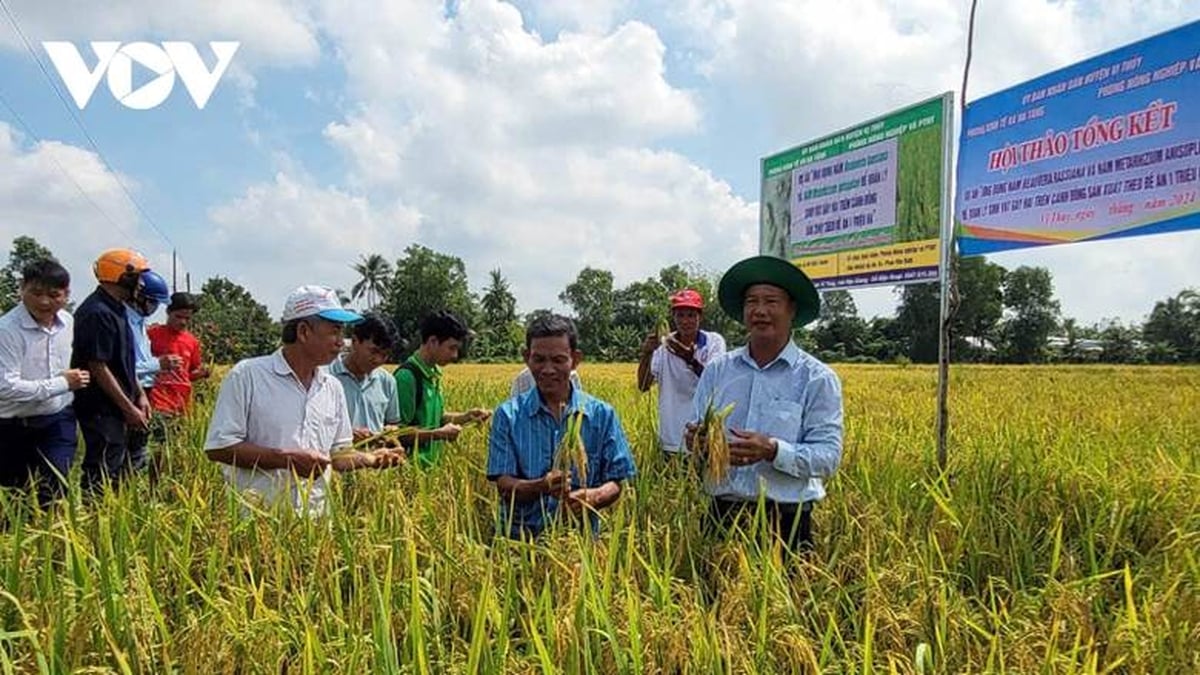

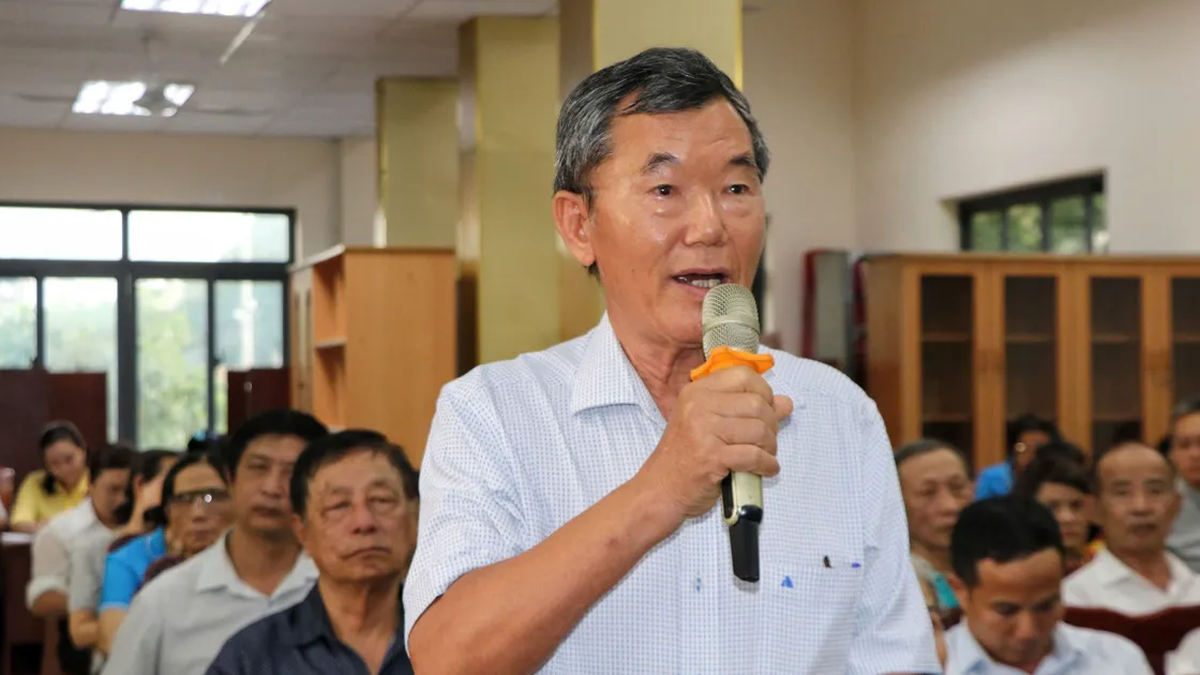


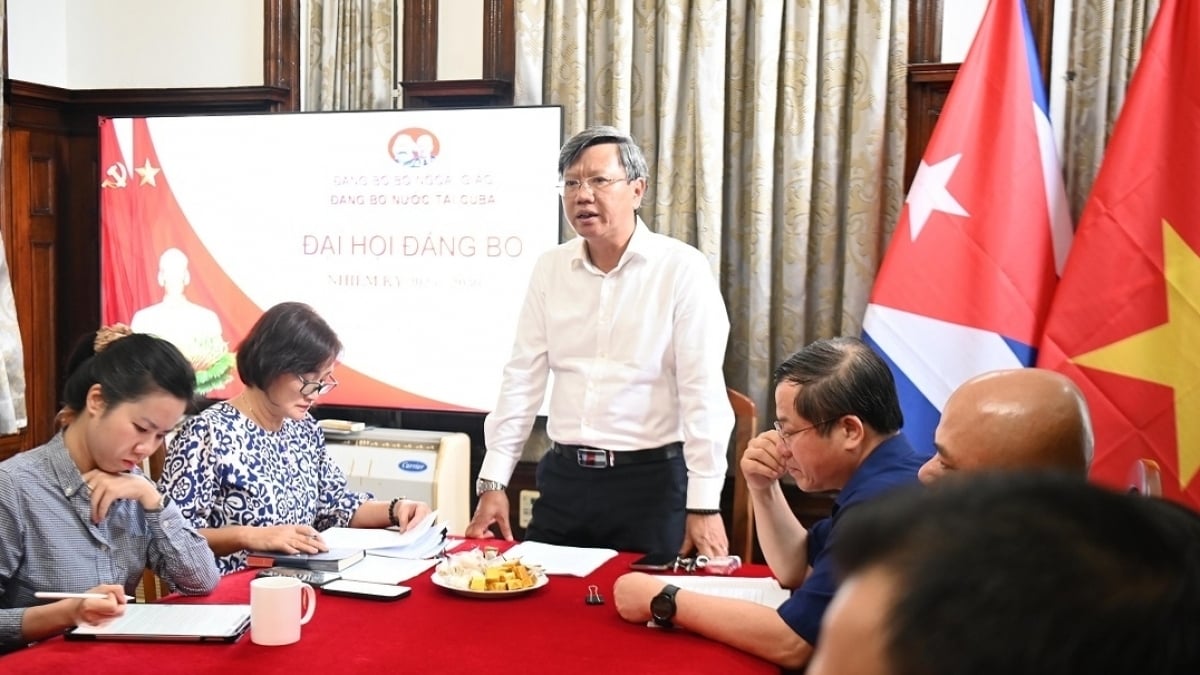

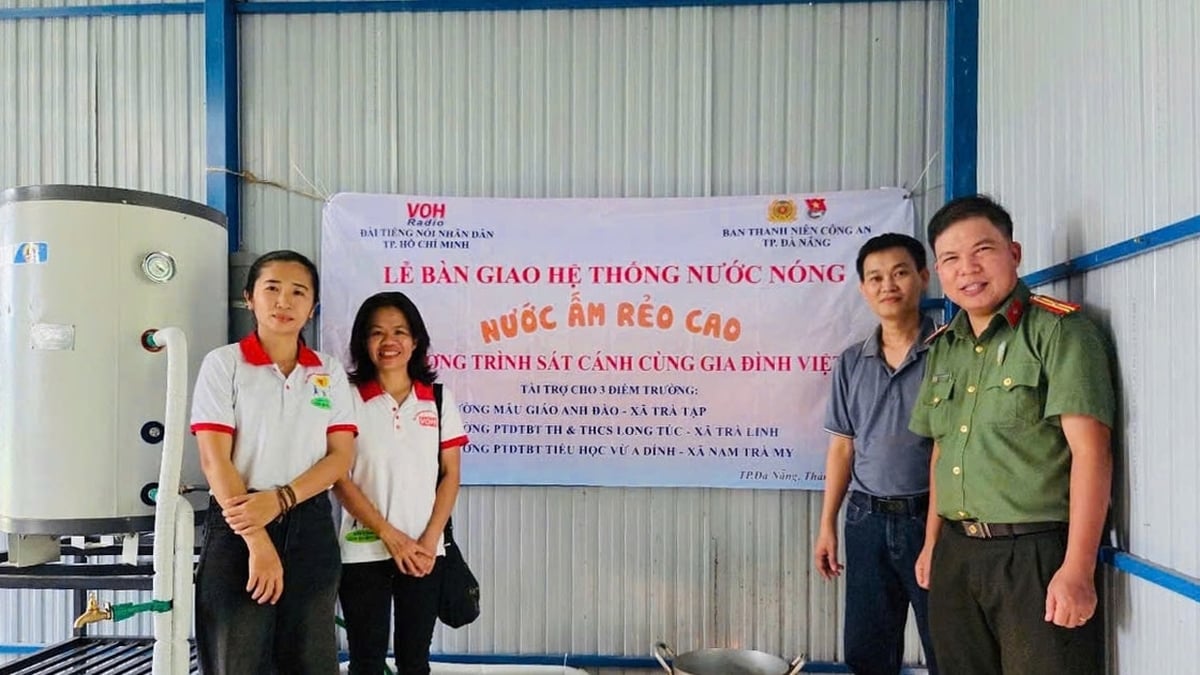
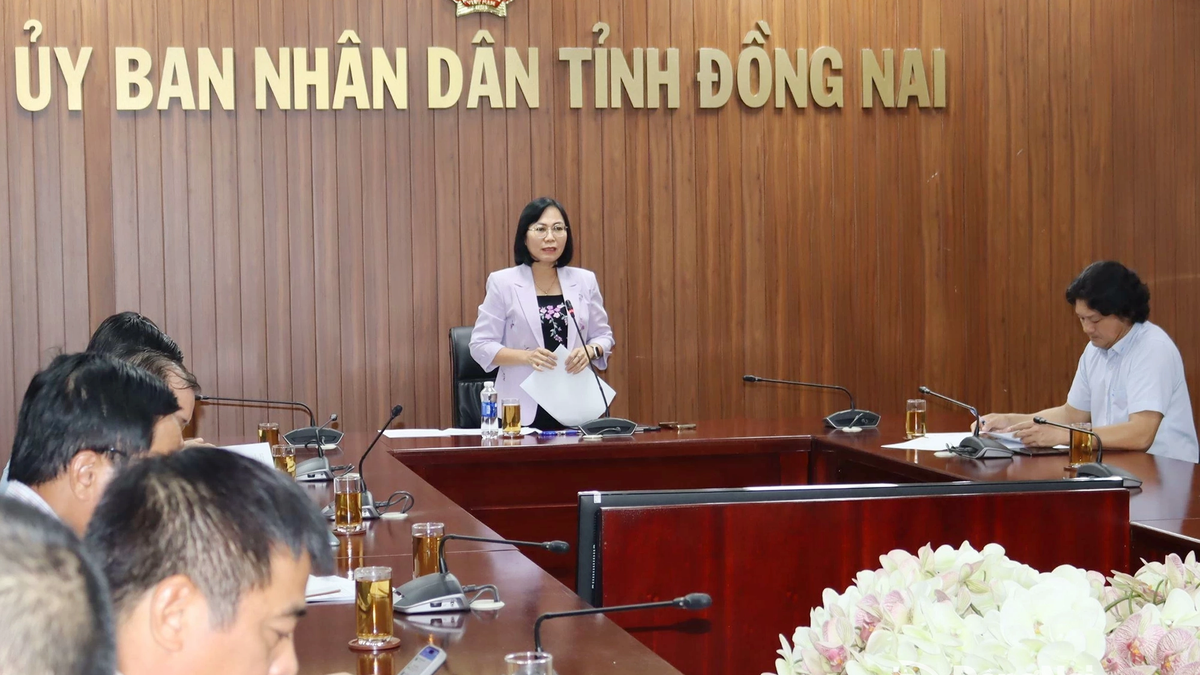
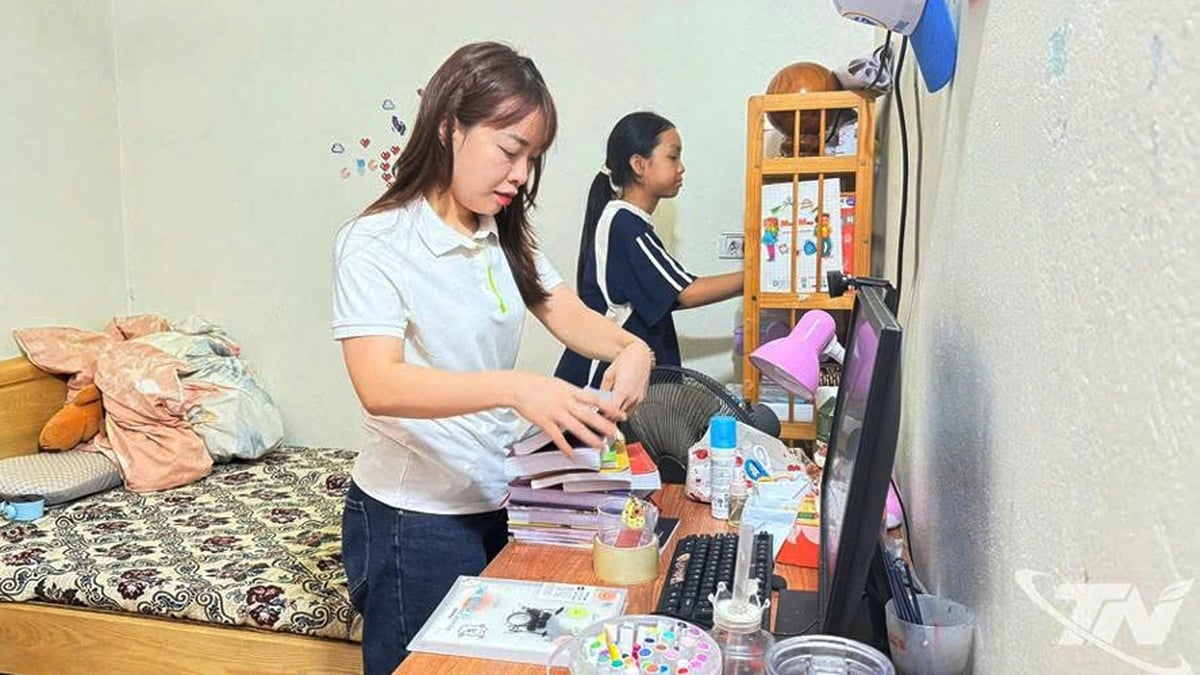





































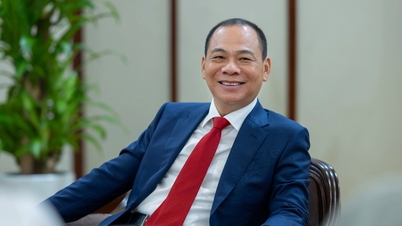
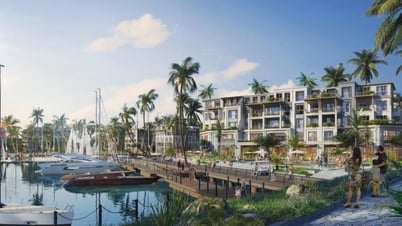
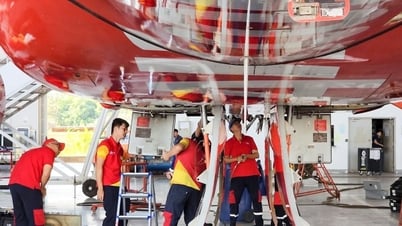

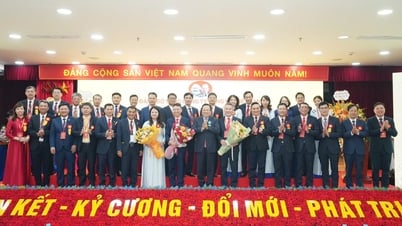









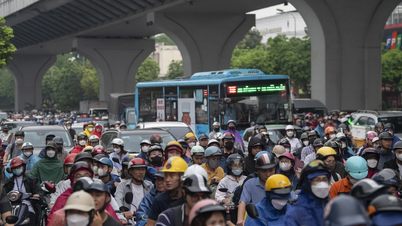

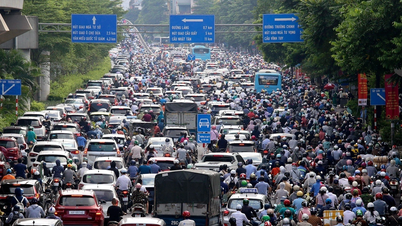
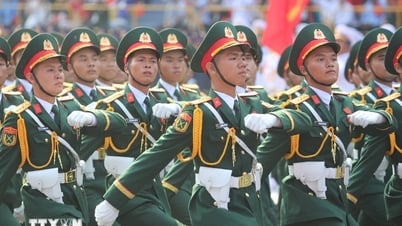








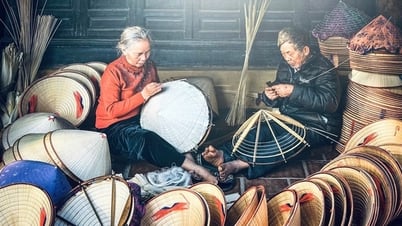
























Comment (0)